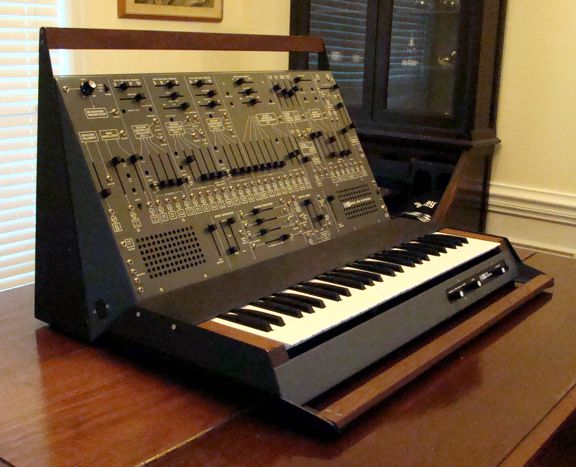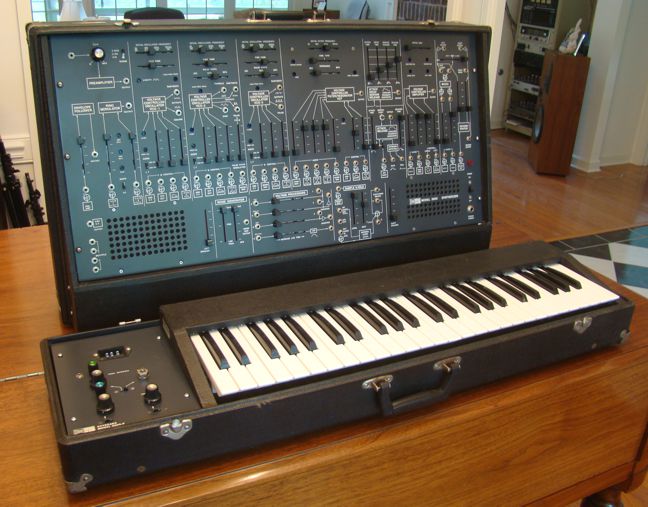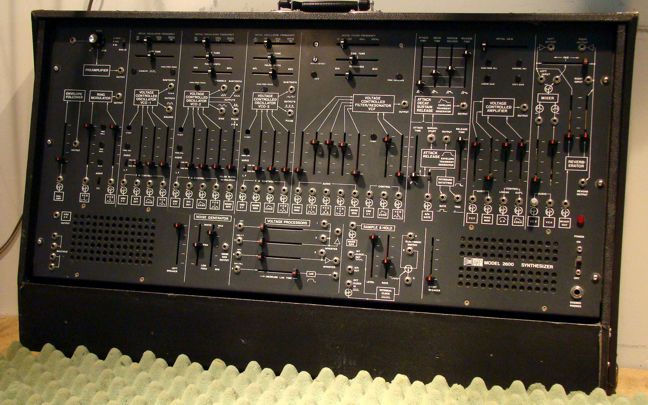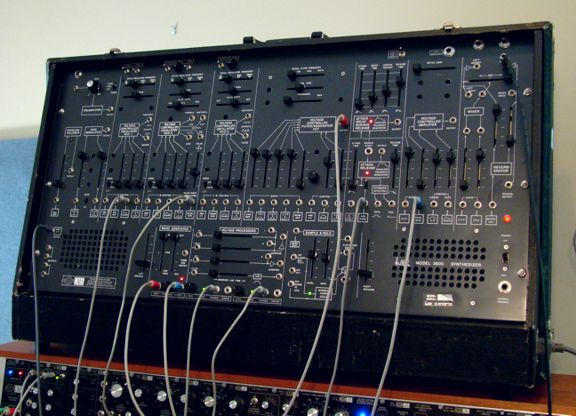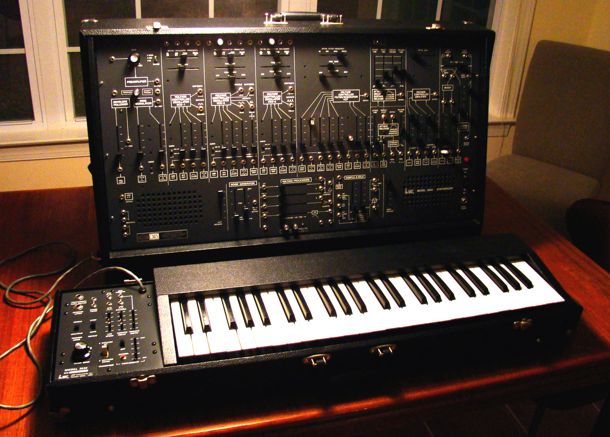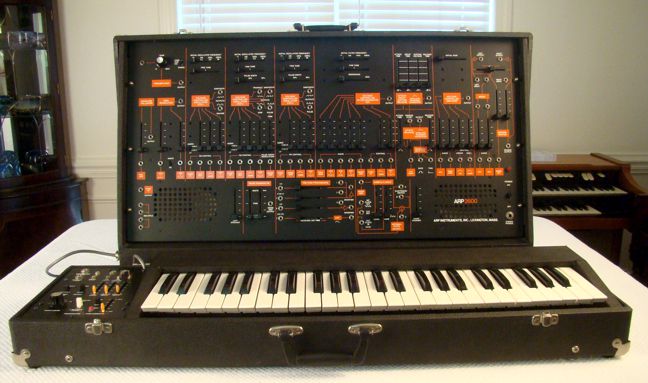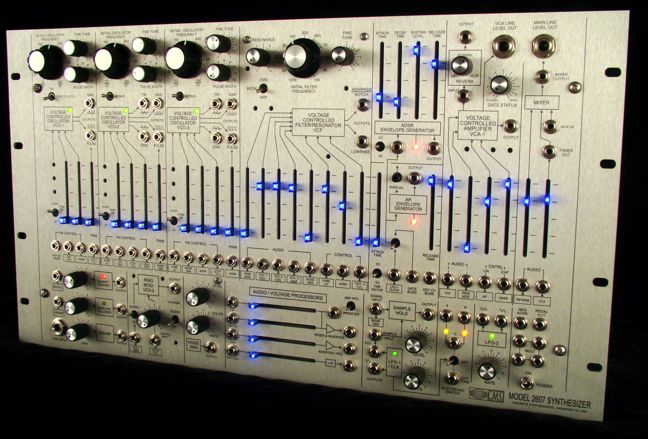ARP
2600 Identification chart |
||||
This list is based on CMS's considerable database of ARP 2600's we have worked on in the past 28 years. UPDATED 4/9/2022 © 2022 all rights reserved CMS / Phil Cirocco |
||||
|
||||||||||||||||||||||||||||||
|
||||||||||||||||||||||||||||||
|
||||||||||||||||||||||||||||||
|
||||||||||||||||||||||||||||||
|
||||||||||||||||||||||||||||||
|
||||||||||||||||||||||||||||||
|
||||||||||||||||||||||||||||||
|
||||||||||||||||||||||||||||||
CMS reserves
the right to change and update this info at our discretion. This
info is based on our extensive database of units we have serviced
over the years. Also thanks to Alan R. Pearlman for help compiling
this data. |
||||
Estimated production numbers: 2600 - 25 units (light blue metal case with matching metal case keyboard) 2600C - 35 units (light gray metal case with matching metal case keyboard) 2600P - 1700 units (standard suitcase 2600) 2601 - 1000 units (standard suitcase 2600 with input jack update)
2600 production peaked in 1973-74. The 2600P v3.0 is the version that was produced in the greatest quantity. The later model 220v european version carries the 2602 designation. There were relatively small numbers of these sold, but they are electrically identical to the 2601. The best 2600 to look for? Chronologically, 2600's got more reliable and serviceable as production progressed throughout the 1970's. The biggest change was the 2601 update that replaced all the input jacks with a more reliable type of jack. However, this improvement required that each jack be hand wired to the circuit boards, pushing up the labor costs considerably. The printed circuit boards were fitted with additional supports that improved the tactile feel of the sliders and also improved mechanical reliability. The retail price of a 2601/3620 was $3300.00 in 1975. It's also obvious that 2600's got progressively worse in the audio department. The best sounding units being the very first ones, and the worst sounding units being the last. All units made from 1972 onward sound very muddy, hissy and thumpy straight from the factory. Probably the best course would be to find a late model (2601) and get the audio upgraded here at CMS. The earlier units do sound better from the factory, but the numerous mechanical problems can add up to a hefty repair bill especially if the 2600 in question, has been exposed to moisture for long periods. Extensive road use is obviously another cause for concern. Indications are a yellowish silkscreen (tobacco) and a worn silkscreen in the filter mixer and ADSR sections. See the 2600 page for upgrading your late model 2600 to original audio specifications.
Other interesting info: The 4012 filter was used for all 2600's from the very beginning through 1976. The all metal cabinet version of the 2600 appeared in 2 colors, light blue (2600) and gray (2600C). The Blue Marvin is freaking bright blue! It's not "blue gray"! It's not called a Blue Meanie! - Source: Alan R. Pearlman The "Gray Meanie" nickname appeared in the late 80's probably as a result of the Blue Marvin misconception. It's real name is the 2600C.
©2006 - 2022 Phil Cirocco / CMS |
||||
"THE
BIG BOX" |
||||
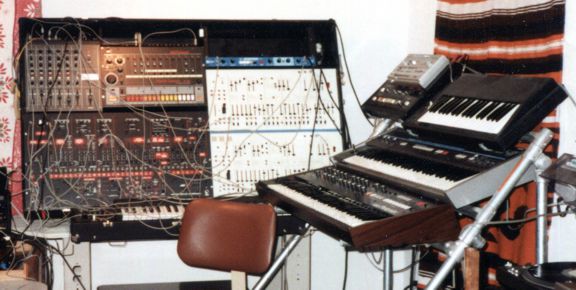 |
||||
In
the pre MIDI days, I built the "Big Box" for live shows.
It had: a 2601 V2.0, 2 patchable 2800 panels, TR-808, Teac Mixer
and rack-mount effects section. Like a giant 2600, It had a lid
with latches and the keyboards and sequencers plugged in the left
side. The above photo shows it in operation in Bethlehem PA in the
early 80s. The scratched up polaroid below was taken in Cape Neddick
ME, circa 1985. |
||||
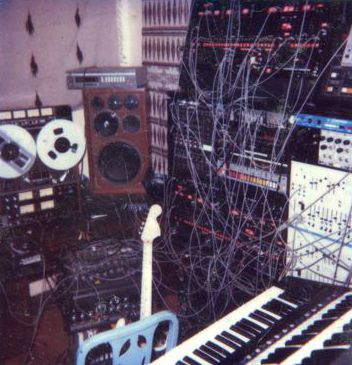 |
||||
| At a later date, I took the second 2601 V2.0 that is sitting on top in the above photo, and mounted that front panel in place of where the mixer and TR-808 was. It looked and sounded freaking awesome, a big wall of ARP patchability! Unfortunately, no photos of that final version still exist. |
||||
|
|||||||||||||
 |
e-mail: filter@discretesynthesizers.com Phone: 912-727-2195 |
© 2007 - 2022 Phil Cirocco | |||||||||||

